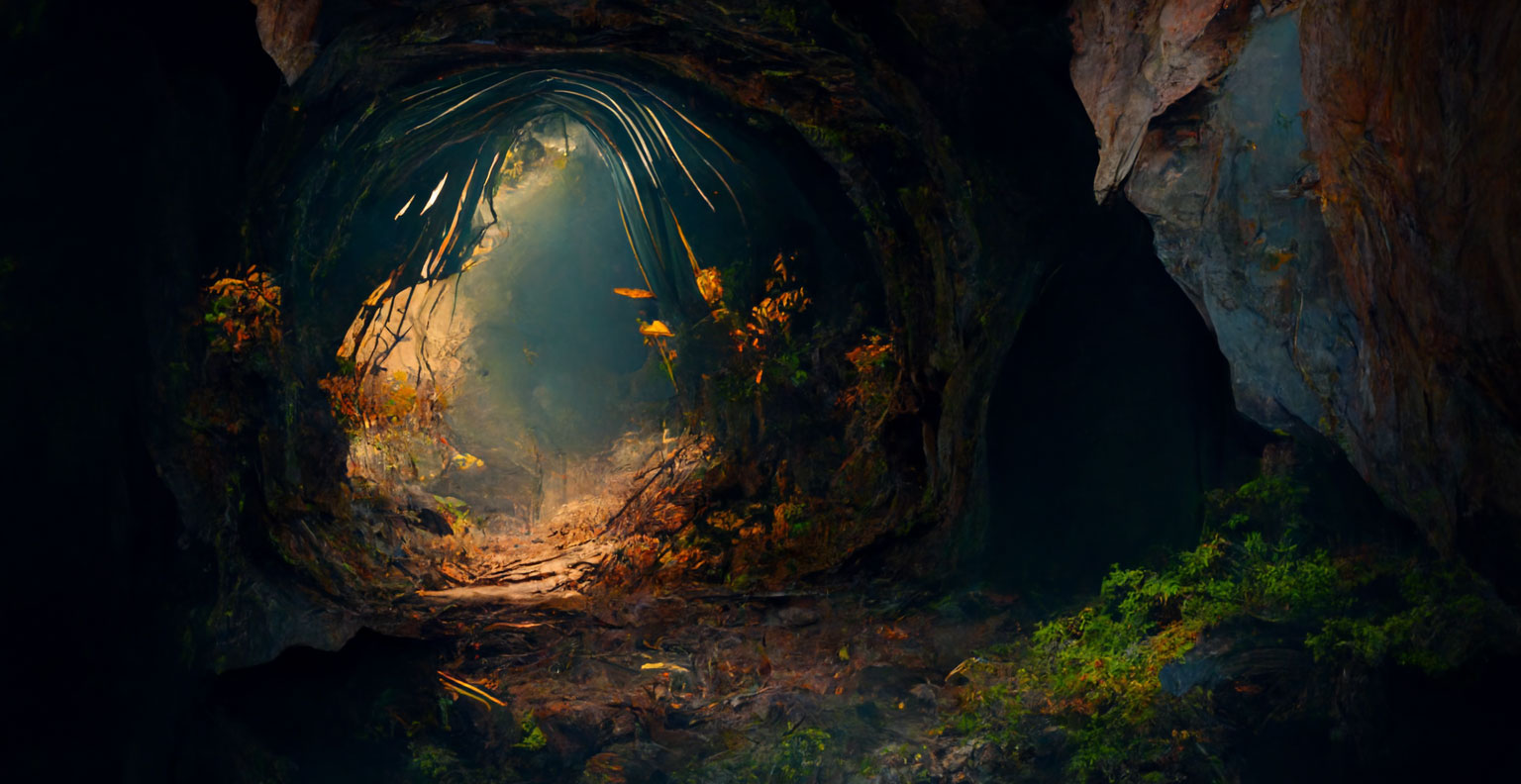The underground chambers that lie beneath our feet, known as caves, are sometimes thought of as being gloomy, desolate, and inhospitable. But in truth, caverns are alive with life and host some of the planet’s most distinctive and interesting ecosystems.
There are several sorts of caves, such as ice caves, sea caves, lava tubes, and limestone caves. Every cave type has its own distinct features and occupants. For instance, limestone caves, which are created as rock dissolves, are renowned for their intricate cave networks and underground rivers. On the other hand, lava tubes are created when the exterior of the lava cools and hardens while the interior is still molten. These caves, which are notable for having smooth walls and floors, may be found in volcanic areas.
Despite having unique qualities, all caves have one thing in common: a wide variety of species call them home. A shelter for animals that have evolved to live in the dark, caves are home to everything from bats and insects to fish and amphibians. Caves are among the most biodiverse areas on the earth since many of these critters are unique to our planet.
The fish that lives in caverns are among the most intriguing cave animals. These fish lack both scales and pigmentation and are blind. They have sensitive lateral lines and fins that help them traverse the water as a result of their adaptation to living in the dark. The cave cricket is another amazing animal that inhabits caverns. These crickets can climb walls and ceilings to find food since they are wingless and have lengthy legs.
Despite the distinctive and intriguing ecosystems found in caves, these environments are under danger. Human activity, such as mining, tourism, and pollution, frequently disturbs caves. As a result, many species that live in caves are in danger of going extinct. We must take action to save these subterranean ecosystems and the creatures that live there.
Contrary to popular belief, caverns are not the gloomy, desolate places we often perceive them to be. They are a vital component of our world’s biodiversity and are home to some of the most distinctive and intriguing ecosystems on the globe. In order for future generations to continue exploring and learning about the subterranean world, we must act to safeguard both the species that live there and the underground ecosystems in which they reside.


0 Comments